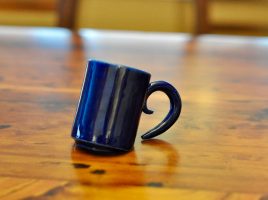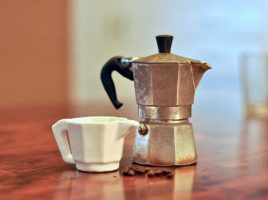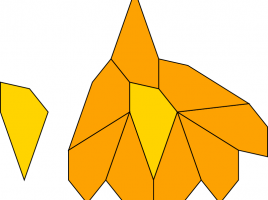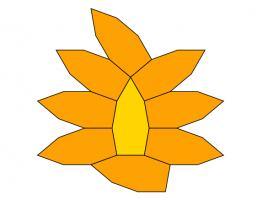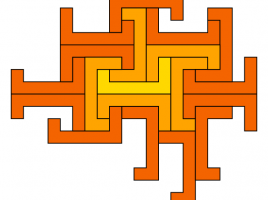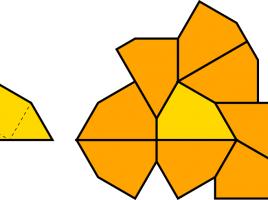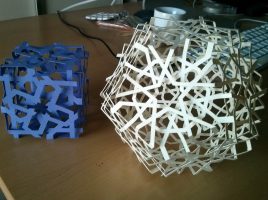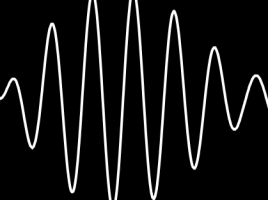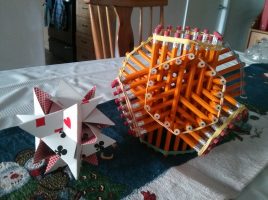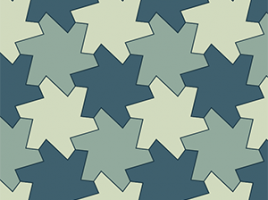
The Tactile libraries
I developed a new open-source software library for manipulating isohedral tilings, based on the work I did on this topic during my PhD. The library is available in C++ and Javascript, and I offer a few fun automated and interactive demo programs that anybody can use to play with isohedral tilings.
